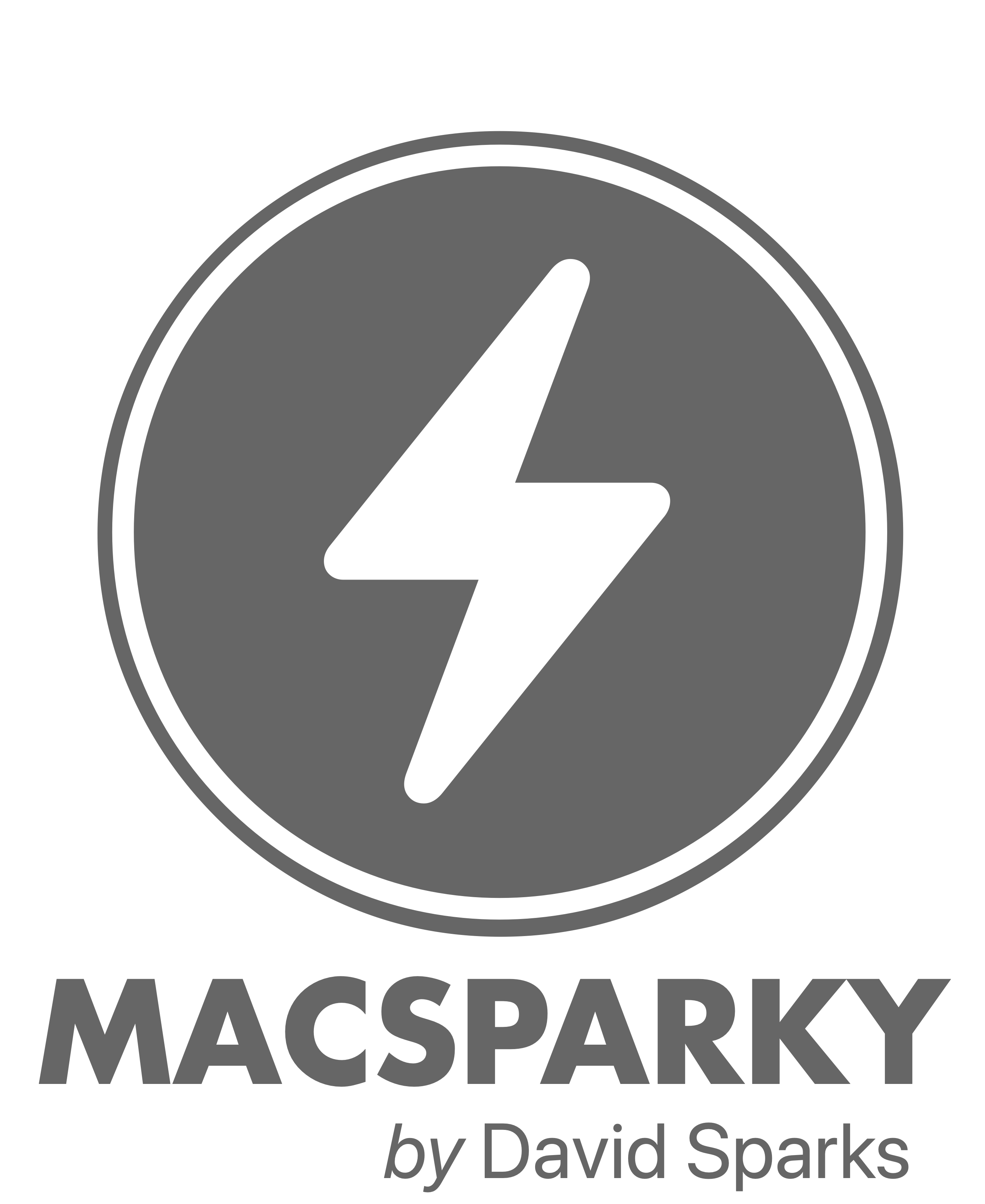Several months ago I was on a business trip and had one of those fortuitous experiences. This guy got on the airport shuttle with me and was positively beaming. He was a complete stranger to me but I immediately knew I wanted to make a new friend. He turned out to be Steve Volk (Twitter) and the reason he was so happy is he had the first print copy of his first book. Steve and I proceeded to share lunch and a drink at the Airport and I made a really smart and geek-inclined new friend. Steve is an experienced investigative journalist and just released his first book, Fringe-ology, all about a serious look into such things as ghosts, UFOs, and maverick scientists. So Steve, show us your home screen.
What are your most interesting home screen apps?
Things like Zite and Flipboard, which aggregate media, intrigue me. They probably represent the future of my business as a journalist, allowing people to bypass all the traditional portals and eliminating the reader’s identification with particular publications. I’m not sure what this means for my paychecks, ultimately, and I worry about a public that more and more can entirely control what information it receives. Sometimes, we simply need to be confronted by points of view we don’t like. But I’m also excited by what these apps represent—the ability to get content to people, multimedia content, near instantaneously.
What is your favorite app?
I love my comics reader, Comixology, and the functionality of iBooks is dreamy—sorry, bibliophiles, but the tactile sensation of holding the iPad and turning virtual pages is enough for me. This is quite a statement from a guy with a book he’s looking to sell. But whoomp! there it is, and I’m just as happy to have people buy it using an e-reader.
Which app is your guilty pleasure?
FIFA 11—the soccer app. I can play a half of soccer in seven or eight minutes on a break and a second half later, whenever I have the time. The graphics are great and the gameplay is smooth and, well, shouldn’t I be using those stolen minutes to meditate? Here I am, having done all that research on meditation and I’m spending some of my time playing videogame soccer?
What is the app you are still missing?
Too many to count. With the book out and some assignments I’ve been working, including a long piece on the culture of open air drug dealing in Philadelphia, I’ve been too busy to really even scratch the surface of what’s available to me. My intention, no lie, is to sit down with your blog, on my iPad, of course, and get some ideas of what I’m missing. But I have yet to enjoy the chance.
How many times a day do you use your iPhone/iPad?
I mean, constantly. I use my iPhone to listen to audiobooks, podcasts and music. In fact, I listen to my phone more than my home stereo. I also use it every time I run. I am finishing Couch to 5K, the running app, and transitioning to Couch to 10K. My iPad is even more of a companion. When I sit down for the night, whenever that is, I curl up with my iPad and sit next to my wife in the exact same way I used to sit down with an armful of books and magazines.
What is your favorite feature of the iPhone/iPad?
I’m not sure if this is what you’re looking for, but the ease of use. I am not a technophile but darn if I can’t figure stuff out on these bad boys. In my entire life, how many things have met my expectations for them—from people and relationships, to my own work and nearly every product I buy, book I read or movie I see? My wedding day, my marriage, my iPhone and my iPad all have one thing in common—they exceeded my expectations for them. That’s a short list. And no, I’m really not equating my iPad to marriage… . Really.
If you were in charge at Apple, what would you add or change?
Dudes, for gosh sakes’, bring back the black MacBooks. They were so fricking cool.
Anything else you’d like to share?
Well, ultimately, my book is about how we don’t have to feel separate from one another. And whether anyone buys the book or not, I hope if people take away one thing from Fringe-ology, it’s that. I took on a whole series of taboo topics for a mainstream journalist—paranormal stuff. And what I found, again and again, is that the people on the extreme poles of belief and unbelief hold a lot in common. I think they try to establish a worldview for themselves based on plastering some often ill-fitting answer over questions that are still open to investigation. But once I started looking into topics like prayer, meditation and lucid dreaming—which, for a lot of people are just hooey—I found myself in new territory. Here, it seems, whether we believe these are purely material pursuits that bestow beneficial effects on our brain, or also spiritual pursuits, we’re still better off for taking part in these practices. And if we focus our thoughts on ideals like peace and compassion and love, we tend to emerge with a more accepting, tolerant and welcoming attitude toward other people and their beliefs. This may color me as a kind of journalist-hippie. But I’m all right with that. See how accepting I am?
Thanks Steve
